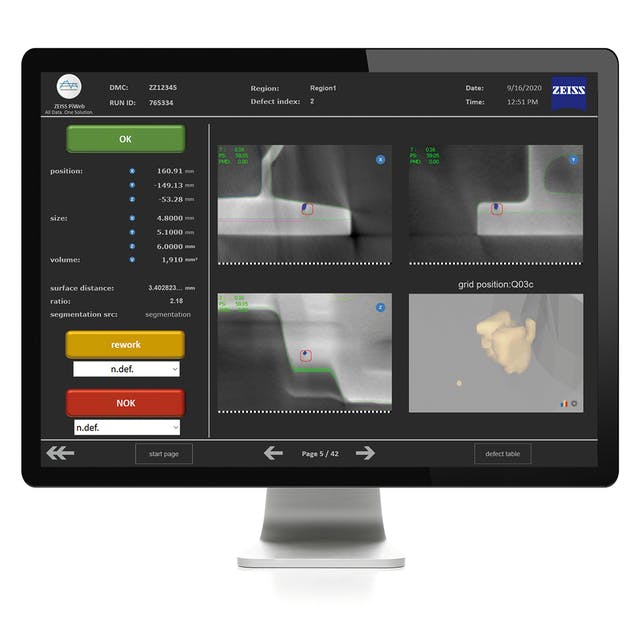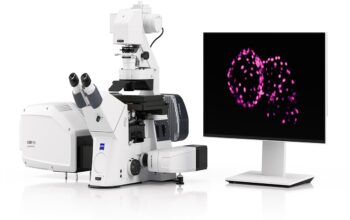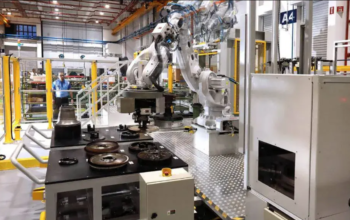Automated defect detection you can trust
The software ZEISS Automated Defect Detection allows detecting and evaluating even the smallest defects in castings reliably, quickly, and automatically. Machine learning makes it possible!
Your advantages:
- Defect analysis in only 60 seconds
- Reliable evaluation
- Comprehensive reporting

Detect defects in castings
During the complex manufacturing process of castings, a wide range of defects can occur. On the inside, they can have a great impact on the stability and functionality of the part. Industrial computed tomography makes these hidden flaws visible. The ideal solution is the evaluation software ZEISS Automated Defect Detection. It allows you to analyze and evaluate defects reliably and at an early stage.

Defect analysis in only 60 seconds
In order to avoid unnecessary scrap early on, the 3D data, which is captured with the inline computed tomography systems of the ZEISS VoluMax family, has to be evaluated reliably and quickly when inspecting light metal parts. In only 60 seconds, the evaluation software ZEISS Automated Defect Detection examines 4 billion voxels, i.e. 3D pixels, for defects as large as 10 voxels. Parts with critical defects are, thus, reliably sorted out, while good parts pass through the further processing steps. The result: a lower scrap rate and high-quality castings.
Find defects reliably
Machine learning is the key to reliable defect detection: ZEISS Automated Defect Detection creates a so-called “golden part” as a reference from several good parts. This makes it possible to detect defects even in poor image quality with many artifacts. Scattered radiation no longer leads to false-negative results – but pores, blowholes, cracks, sand residues, and even the smallest porosities stand out immediately. If necessary, you can regenerate the “golden part” in no time at all, for example, if the shape of the part changes or you want to evaluate another part. This simplifies changeovers in production and saves time.

Comprehensive reporting
If the software detects a critical defect, it creates a report with ZEISS PiWeb. This allows you to view and evaluate the defects again in a 3D view. This is because some defects, such as sand residues, can be easily removed, thus further unnecessary scrap is reduced and costs are saved.
To know more, check Zeiss.









